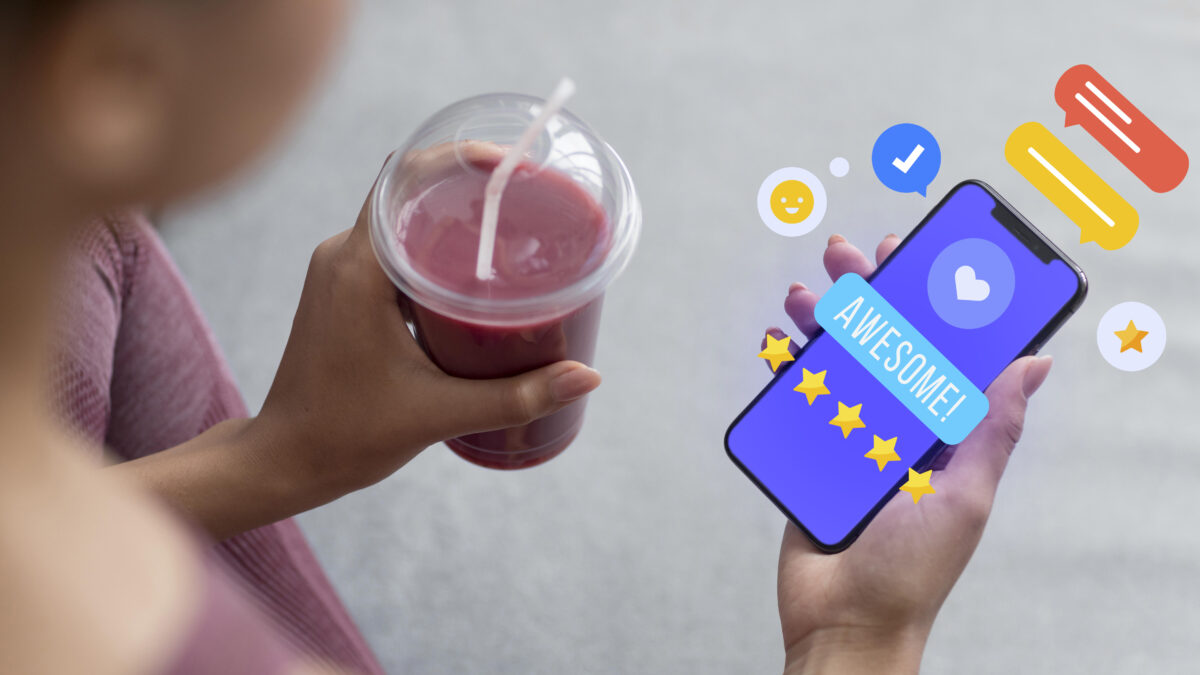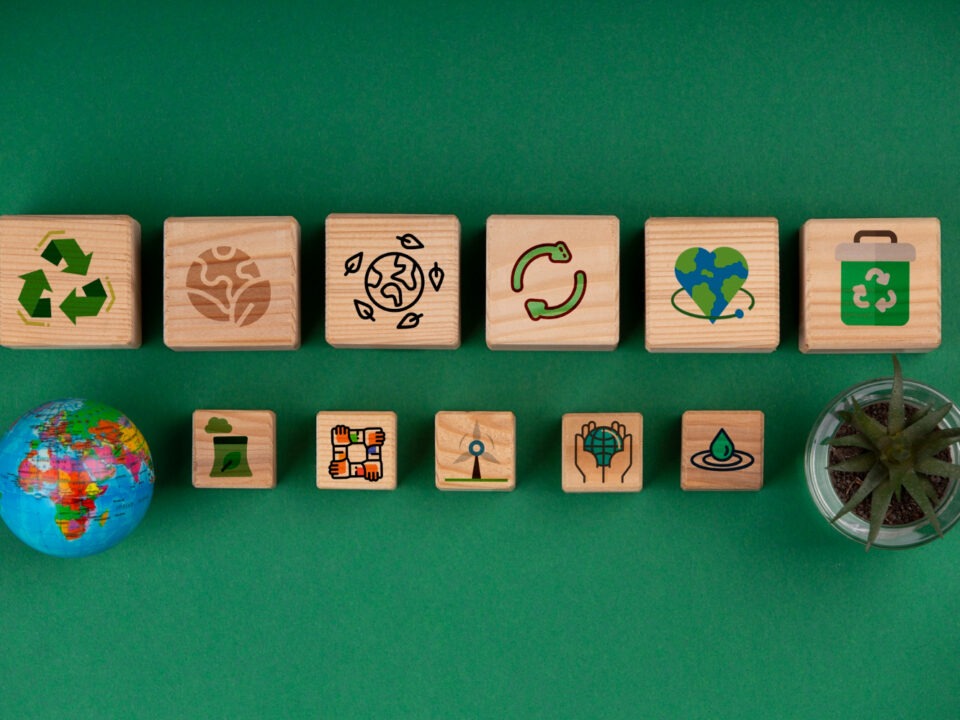
Gamification Strategies: The Key to Unlocking Loyalty & Engagement
2025-03-17
The Gamification Playbook for Employee Engagement
2025-03-24Loyalty programs have existed for decades, but many fail to create real customer attachment. This is because they focus only on transactions rather than true engagement.
Customers expect more than just points and discounts in today’s competitive landscape. They want an experience that keeps them coming back. That’s where gamification comes in.
By integrating game mechanics into loyalty programs, businesses can turn one-time buyers into long-term brand advocates. Here’s how.
Why Traditional Loyalty Programs Fail

Most loyalty programs rely on basic reward structures. Earn points, redeem rewards, repeat. The problem?
❌ They lack engagement: Customers lose interest when rewards feel too far away.
❌ They don’t encourage long-term behavior: People forget about static programs.
❌ They fail to create emotional connections: Customers don’t feel involved.
To truly retain customers, brands need to shift from reward-based loyalty to engagement-based loyalty. Gamification makes that possible.
How Gamifying Loyalty Improves Customer Engagement
1. Progress Tracking & Achievement Milestones
People love visual progress. It keeps them motivated. Loyalty programs that show users how close they are to their next reward drive higher engagement and repeat purchases.
Example: Instead of simply earning points, customers could level up through tiers like Bronze → Silver → Gold → Platinum, unlocking exclusive perks at each stage.
2. Tiered Rewards to Encourage Long-Term Participation
Tiered loyalty programs keep customers engaged over time by providing increasing value. The more they interact with your brand, the better their rewards.
Example: Airlines use this well. Higher-tier customers get priority boarding, free upgrades, and lounge access, encouraging them to stay loyal.
3. Social & Competitive Elements
People are driven by competition and social proof. Adding leaderboards, badges, or referral bonuses creates a sense of achievement and encourages friendly competition.
Example: Starbucks’ loyalty program lets customers earn bonus stars on specific challenges, keeping them engaged beyond just purchases. Also, there is still huge steps to improve, even for Starbucks.
Real-World Success: Gamification in Loyalty Programs
🔹 Nike+ Run Club uses gamification to reward users for tracking workouts, boosting brand engagement.
🔹 Sephora Beauty Insider tiered rewards system that makes customers feel like VIPs.
🔹 Duolingo keeps users learning daily through streaks and achievements.
These brands have redefined loyalty with gamification and your business can too.
The Future of Loyalty is Engagement-Based
Businesses that welcome gamification in their loyalty programs see:
✔ Higher customer retention
✔ Stronger brand advocacy
✔ More valuable interactions
At RapidMule, we help businesses design gamification-powered loyalty solutions that drive real engagement and long-term success.
👉 Want to see how gamification can transform your loyalty program? Contact us today!




